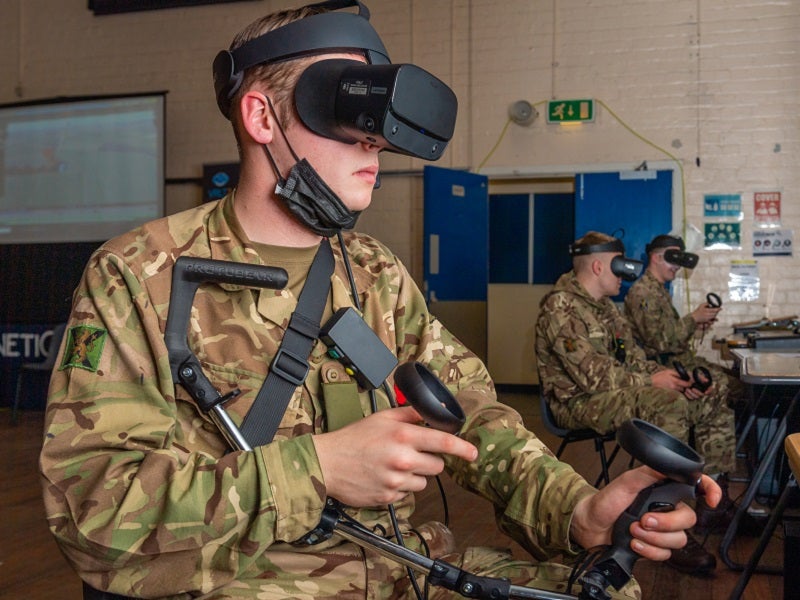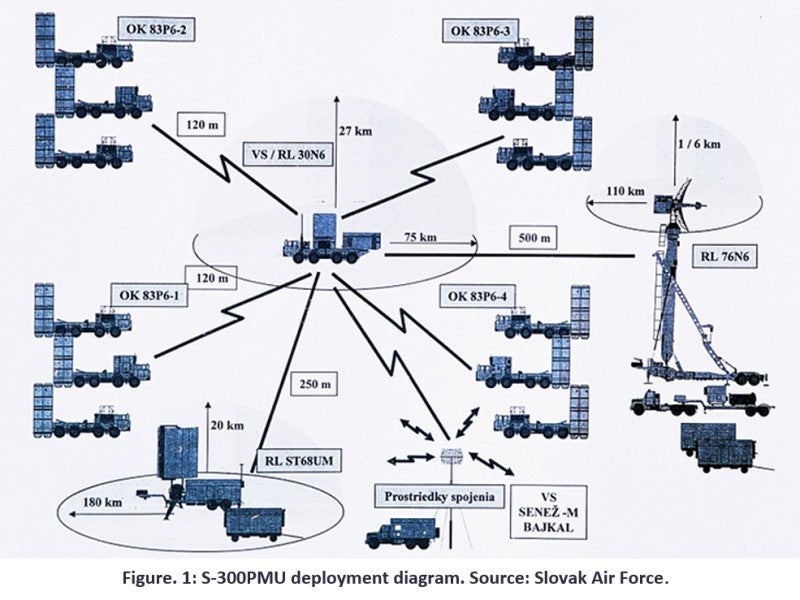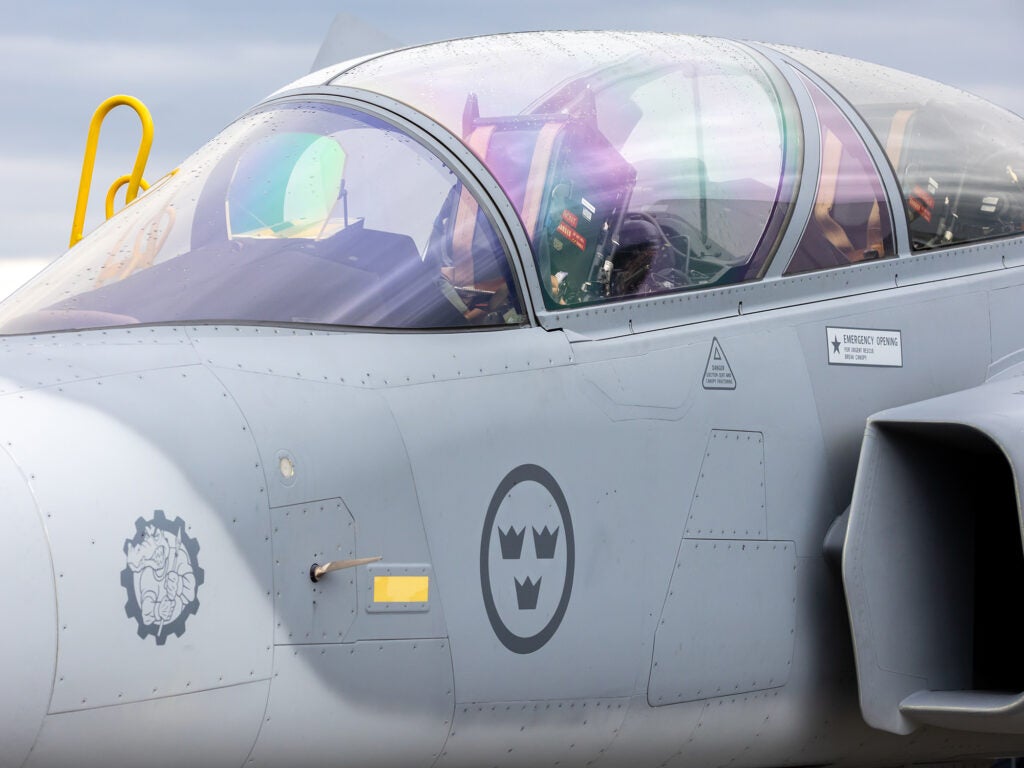
As the invasion of Ukraine nears its fourth calendar month, the numerous strategic and logistical failures committed by the Russian armed forces during their troubled campaign have left many observers questioning the efficacy of their military capabilities and equipment. One area which has garnered particular interest in western defense circles has been the apparent lack of a concerted effort by the Russian military to target and disrupt the Ukrainian military’s C4ISR infrastructure in the same way they have done in numerous other instances, such as during operations in Syria or during the covert invasion of Ukraine’s Donbas region in 2014.
Indeed, western defense officials have noted that despite having detected Russian use of EW for targeted and localized operations, “we have not seen […] the full scope of their electronic warfare capabilities brought to bear”. A deeper analysis of the rationale behind this limited deployment of EW capabilities highlights several factors which limit the strategic potential of Russian activities in the electro-magnetic spectrum (EMS) and poses a more important question as to the operational value of EW systems in high-intensity conflicts.
To begin this assessment, it is key to understand that the Russian military currently possess one of the most diverse and technologically developed military EW portfolios on the planet. The concept of Radio Electronic Warfare (REB per the Russian acronym) plays a key role in the Russian Ground Forces’ operations playbook for high intensity conflict, with several key systems designed to provide both a flexible offense and a layered defensive capability.
The Russian military has an extensive history of jamming or spoofing global navigation satellite systems (GNSS) like GPS, as well as other terrestrial-based positioning, navigation, and timing (PNT) signals for numerous purposes in an effort to obscure troop movements and disrupt hostile C4ISR capabilities. This is achieved through several systems, such as the R-330ZH Zhitel manufactured by Protek and the Polye-21 family of jamming stations, both of which enable the detection, analysis, direction-finding and jamming of satellite or cellular communication systems within ranges of 20-30km and 50km respectively.
These more basic systems are supplanted with additional defensive capabilities, such as the 1RL257 Krasukha-2 and 1L260 Krasukha-4 systems mounted on KamAZ 8×8 trucks or the ship-mounted TK-25 series of electronic countermeasures, which are designed to target S-band, X-band and Ku-band airborne radars employed by western joint surveillance target attack radar systems (JSTAR), airborne warning and control system (AWACS) aircraft, ground based radars (GBR), satellites and radar-guided ordinance at ranges of between 150-300km. These are primarily employed to protect critical military infrastructure such as command posts and air defense installations but can also be used to obscure large scale maneuvers.
With regards to more offensive capabilities, the Russian military can deploy the RB-314V Leer-3, which combines a motorized EW system and an Orlan-10 UAS armed with an EW module to intercept, track and jam GSM-900 and GSM-1800 mobile phone networks within a 6km radius. Theatre-level EW capabilities are provided by the Murmansk-BN system, a network of mobile antenna masts and motorized vehicles which purportedly provide HF signal jamming and electronic reconnaissance capabilities at ranges of up to 5,000km, though more credible assessments estimate its effective operational range to be between 1,000-2,000km based on the ambient atmospheric conditions.
Yet despite the plethora of systems and capabilities available to them, their deployment or at the very least perceived impact on the battlefields of Ukraine has remained relatively muted throughout the first months of the conflict. Though US intelligence officials have acknowledged Russian use of localized EW capabilities, such as targeted radio and cellular jamming, the Ukrainian military’s ability to continue targeting logistics convoys with Bayraktar TB-2 UCAVs and to retain effective command & control throughout the country insinuates that the Russian armed forces were either unwilling or unable to effectively employ their EW assets in the field. Several factors have impacted the use of EW in this conflict, the first of which has been the Russian military’s failure to orchestrate effective combined operations.
Strategists have noted how the preemptive use of radar and communications suppression to support ground maneuvers are rendered ineffective if the maneuvering force is unable to complete their objectives due to the various strategic and logistical failures which have hampered Russian battlegroups since the start of the invasion. This was illustrated by the failed attempts to encircle key urban settlements in northern Ukraine such as Kyiv or Kharkiv, where limited access to fuel, ammunition and supplies coupled with the difficult terrain stalled the advances of Russian armored columns on several key axis of advance, thus rendering large scale electronic attacks (EA) on those settlements pointless.
As a result of this failure to conduct inter-domain operations, another detrimental pressure emerged to further hamper Russian EW capabilities, namely the lack of a consistent forward line to facilitate the identification and targeting of enemy assets for EA. The non-homogenous nature of the Russian and Ukrainian frontlines renders it difficult to disrupt hostile sensor and communications networks without also impacting any allied forces operating in their vicinity. When Russian forces attempted instead to rely on kinetic effectors by destroying cellular 3G masts in the Kharkiv region, they appeared to have inadvertently rendered their Era military cryptophone network ineffective as the technology relied on 3G/4G to function.
Furthermore, though Russian forces have targeted Ukrainian internet infrastructure with both cyber and kinetic capabilities, theories have emerged that the Russians have been reluctant to fully disrupt services as their forces now also rely on said infrastructure to operate in-country.
These challenges are only further compounded by the fact that the Ukrainian armed forces have relied heavily on irregular warfare operations to counteract the Russian military’s numerical and technological advantage, fighting in dispersed and highly mobile formations to conduct hit-and-run attacks and outmaneuver the more sluggish armored elements on which the Russians rely heavily.
Furthermore, sympathetic nations from NATO and elsewhere have contributed to this flexibility by supplying Ukrainian forces with a diverse range of radios and communications systems, whilst units of the Territorial Defence Forces (TDF) who still rely on mobile phones are difficult to identify amongst the countless civilian cellular emissions emanating from the urban populations centers where the TDF are typically stationed. This renders effective target identification within the electromagnetic spectrum particularly difficult, and though the Russian military has certainly attempted to exploit its EW capabilities, as evidenced by the capture of a Krasukha-4 command module on the outskirts of Kyiv in mid-March, those assets have thus far failed to achieve their full potential due to practical limitations in the field.
Having identified the numerous operational limitations and detrimental factors affecting the Russian military’s EW prowess, it becomes pertinent to pose the question as to whether EW capabilities pose such a serious threat, specifically within the context of a high intensity conflict between state actors such as the one in Ukraine. The key takeaway from this analysis is that though the most powerful Russian EW systems were designed to counter NATO’s conventional military capabilities and platforms such as early warning aircraft, radars and satellites, these systems are much less effective at destabilizing a dispersed fighting force employing irregular warfare tactics which is far less reliant on advanced capabilities or systems.
Analysts have long predicted that the majority of future conflicts would be fought in highly urbanized and digitized environments, thus ensuring that despite providing EW assets with a target-rich environment, precision targeting will always be hampered where hostile forces can rely on civilian infrastructure to disguise their signatures. This challenge can be circumvented by relying on less discriminate EW systems which target a broader range of emissions and signals.
However, this can prove a double-edged sword if those capabilities then also disrupt allied C4ISR networks operating within the targeted area. Though the Russian command’s recent shift in focus to securing eastern Ukraine may permit a more effective use of EW systems due to relative rigidity of the frontlines in that region, the practical limitations this conflict has highlighted will undoubtedly provide key lessons to analysts worldwide regarding the effective use of EW assets within the context of multi-domain operations and the strategic limitations they face in disrupting a dispersed and irregular fighting force.






